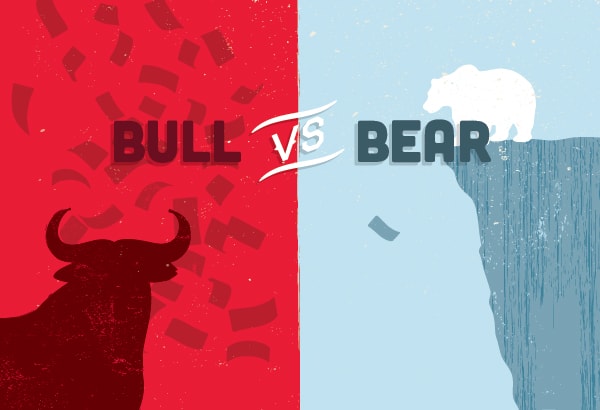It seems the noise surrounding a potential correction in the market is growing louder as each day passes. With the S&P 500, NASDAQ, and Dow Jones all reaching new highs almost daily, one has to wonder when (or if) a large downturn will occur. A correction often brings stock prices back to reality, creating the perfect entry point for you to buy excellent companies at reasonable prices.
As we’ve discussed before, value investors look for companies with strong financial health at a price that understates the economic value of the business. Sometimes the stocks of great companies are too expensive to be considered for purchase, but a market correction can put these companies back in the value investor’s crosshairs.
Why Are These Great Companies Bad Stocks?
The following companies are in great financial shape and have impressive cash flows. The only issue is that their stocks are a little too expensive at the moment. A market correction that brought these stocks down just a bit would make these investments a no-brainer for value investors.
-
Colgate Palmolive (CL)
Colgate Palmolive has been a great company for a long time, but its high stock price has kept it from being a great stock. At its current price of ~$68/share, Colgate has a price to economic book value (PEBV) of 1.5. This ratio implies that the market expects Colgate to grow after-tax profit (NOPAT) by 50% from current levels. Additionally, if we give Colgate credit for 7% NOPAT growth (its 10-year average) compounded annually for the next 10 years, the stock is worth $73/share — only a 7% upside from todays price.
However, if the price of CL were to be affected by a correction and decline 15%, the stock would become much more attractive. At ~$58/share, Colgate Palmolive would have a much more reasonable PEBV of 1.2 and given the same growth assumptions as above investors could see a 22% upside to ~$73/share.
-
Dolby Laboratories (DLB)
Dolby Laboratories’ stock price has been a rollercoaster ride this year, but at current levels, expectations for the business remain elevated. Dolby grew NOPAT this year by 13% over 2013, and has grown NOPAT by 8% compounded annually since 2007. The company currently earns a return on invested capital (ROIC) of 33% and has generated positive economic earnings every year since going public in 2005. At its current price of ~$44/share though, DLB has a PEBV of 1.3. This ratio implies that the market expects Dolby to grow NOPAT by 30% from current levels over the life the company. While this appears to be almost a fair price for DLB, a market correction could make DLB a much more attractive investment.
A 15% decrease in Dolby’s stock price to ~$37/share would give Dolby a PEBV of 1.1. If we give Dolby credit for 10% NOPAT growth compounded annually for the next 10 years, the stock is worth $60/share — a 62% upside from $37/share. I’d much rather buy DLB after a correction with the chance for even greater upside than the pre-correction price. Value investing is all about finding companies with strong fundamentals and low expectations, and that is exactly what Dolby would be in the event of a market correction.
Quality Companies, Regardless of Price
At the end of the day, despite the initial scare factor of a correction, a decline in these companies’ stock prices would change nothing about their businesses. However, when searching for value, investors must be prudent about understanding whether a stock price overvalues a company given the economics of its business. While these two companies’ stock prices may continue to rise due to their already strong cash flows, overpaying for stocks can harm your returns in the short and long run. Waiting for companies to fall into attractive price levels can make a world of difference for a portfolio.
Kyle Guske II contributed to this report.
Disclosure: David Trainer and Kyle Guske II receive no compensation to write about any specific stock, style, or theme.
Photo Credit: OTA Photos (Flickr)
